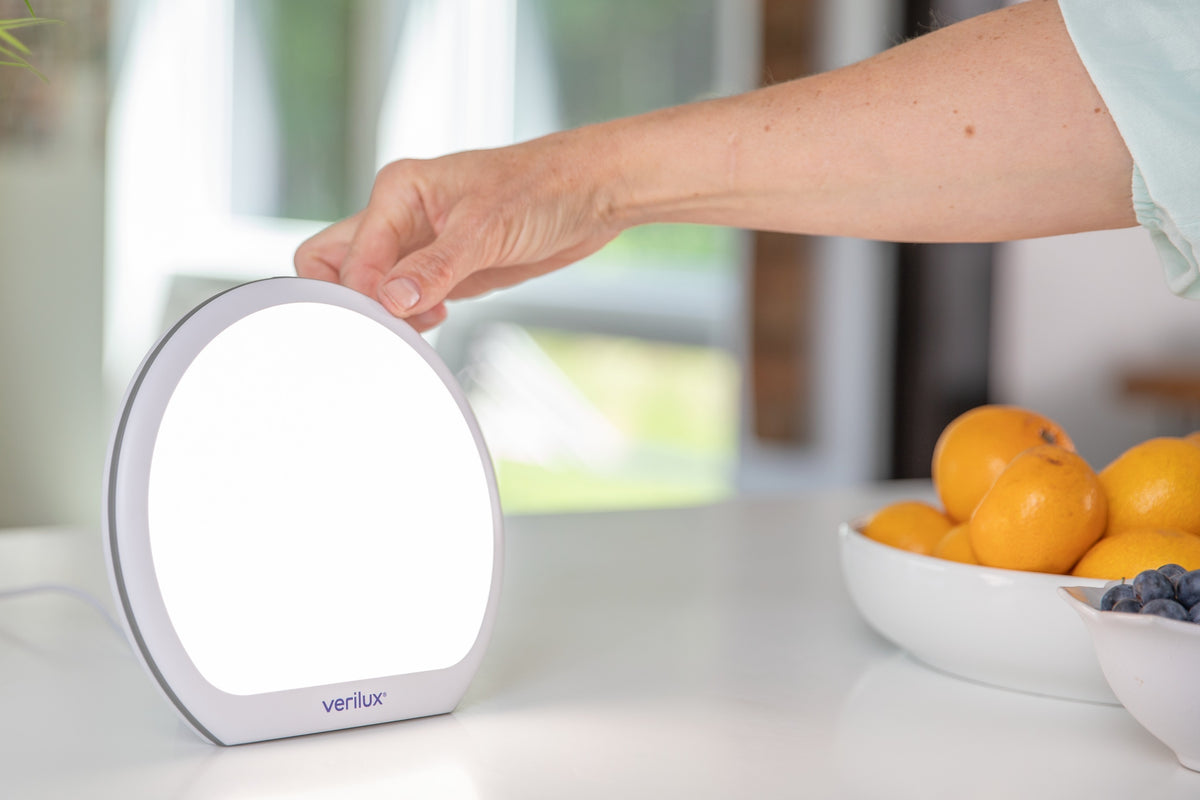Supplements of the sunshine vitamin have become popular because it’s difficult for most people to get enough from food and sun exposure.
Health Benefits of Vitamin D
Vitamin D—also known as the sunshine vitamin because our bodies naturally
produce it after exposure to the sun—is essential for calcium absorption, strong bones, and other aspects of health. Observational studies have found that adequate levels of vitamin D correlate with less likelihood of high blood pressure; atherosclerosis; type 1 and type 2 diabetes; and colon, prostate, and breast cancers.
Vitamin D also plays a role in healthy immune function, mood, energy production, pain prevention and relief, and the ability to heal from injury. In addition to osteoporosis, deficiencies can contribute to heart and lung problems, neurological diseases, and autoimmune conditions.
Unfortunately, in these days of skin cancer concerns and SPF 40 sunblocks, it isn’t always easy to maintain optimum levels of vitamin D. That’s where supplements come in, and they can make a big difference. Looking for direct effects of supplementation, Canadian researchers examined 13 earlier, well-designed studies where people age 60 or older were given daily vitamin D and tested for balance and muscle strength. They concluded that consistently taking 800 to 1,000 IU (20 to 25 mcg) of vitamin D daily improved both balance and strength in older people, which can enrich daily life and prevent falls.
Should You Take a Vitamin D Supplement?
There’s a good chance that the answer is “yes,” but it isn’t a foregone conclusion.
A government survey that tested blood levels of vitamin D in nearly 5,000 American adults found that about 42 percent had low levels. People who had darker skin, were obese, had low “good” HDL cholesterol, didn’t drink milk (which is fortified with vitamin D), or were in overall poor health were more likely to be deficient.
However, this survey may have underestimated the number of people who need more vitamin D because it tested for deficiency levels that are known to lead to disease—which are lower than optimum or ideal levels of the vitamin. For example, a vitamin D deficiency may lead to osteoporosis, but a simple shortfall—lower than optimum vitamin D levels—might make you more prone to colds or winter blues, without an obvious connection.
You can track your vitamin D intake from food with a website and app such as QSun (qsun.co) and Care Clinic (careclinic.io). The Recommended Dietary Allowance (RDA) for vitamin D is 600 IU (15 mcg) daily for ages 1 through 70 and 800 IU (20 mcg) after age 70. But many holistic doctors suggest higher amounts. You can customize your dosage with supplements, which come in a range of potencies up to 10,000 IU (250 mcg).
There are two types of vitamin D supplements: D3, the naturally occurring form that your body makes when exposed to the sun, and D, which occurs in plants. D is the preferred version as it’s easier for the body to absorb. Most vitamin D supplements on the market are made from lanolin.
Why You Should Get a Vitamin D Blood Test
General supplement recommendations can’t account for differences in individual health states, diet, digestion, and sun exposure, yet all of these factors can influence your personal needs. A blood test to check your vitamin D levels is the best way to tell if you need more. Some doctors include vitamin D tests in routine health checks, and most insurance plans cover the cost.
A blood level under 20 ng/mL (nanograms per milliliter) is considered deficient for bone health. Many experts consider that 40 to 80 ng/mL is good for overall health. The Vitamin D Society (vitamindsociety.org) goes so far as to say that 100 to 150 ng/mL is an ideal range for whole-body health.
However, other medical experts believe vitamin D levels over 150 ng/mL are dangerous. Although toxicity is rare, vitamin D can build up in your body over time. Signs that may be related to an overload of vitamin D include high blood levels of calcium, nausea, constipation, diarrhea, and stomach pain. If you routinely take vitamin D supplements, get your blood levels tested regularly, especially if you are taking a high-dose formula.
How to Understand Vitamin D Labels

Quantities of vitamin D listed on labels of foods and supplements can be confusing because new units of measurement are being introduced. Until recently, labels routinely listed quantities of the vitamin in international units (IU), and information online, in books, and in studies would typically express vitamin D amounts in IU. But that’s changing.
According to new FDA labeling rules for food and supplements, vitamin D amounts must be expressed in micrograms (mcg). Since all product labels can’t instantly be changed, there is a transition period during 2020.
During this transition, you may see vitamin D amounts listed as IU, mcg, or both, so it can be difficult to compare products. Here’s how these measurements translate:
- 2.5 mcg = 100 IU
- 5 mcg = 200 IU
- 10 mcg = 400 IU
- 15 mcg = 600 IU
- 20 mcg = 800 IU
- 25 mcg = 1,000 IU
If you’re mathematically inclined: 1 IU = 0.025 mcg. To convert mcg to IU, multiply the mcg number by 40.
Written by Vera Tweed for Better Nutrition and legally licensed through the Matcha publisher network. Please direct all licensing questions to legal@getmatcha.com.








